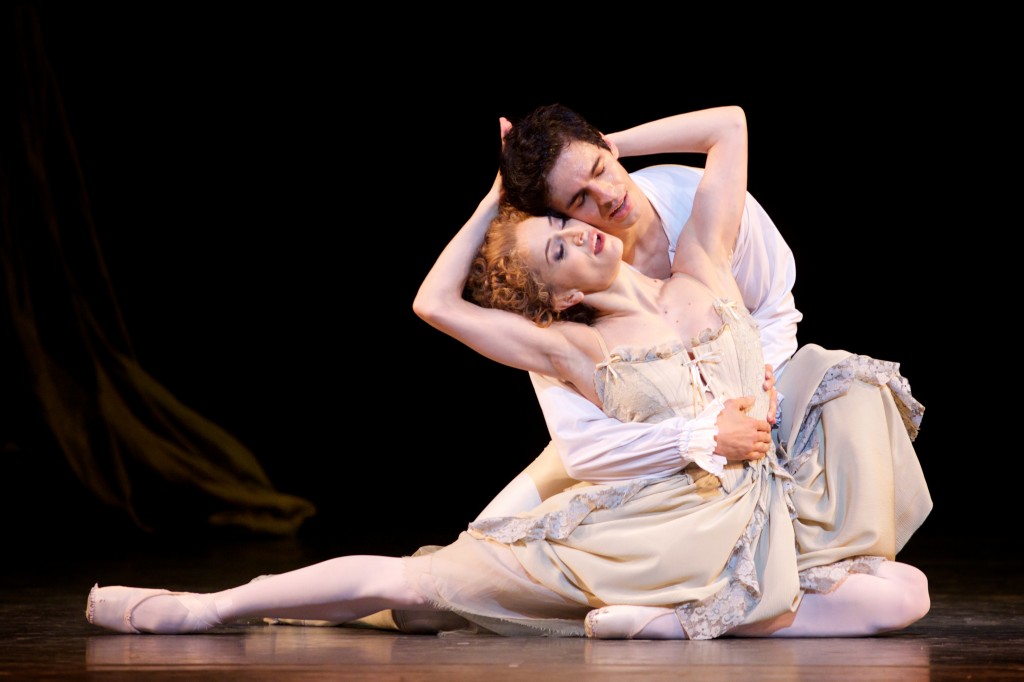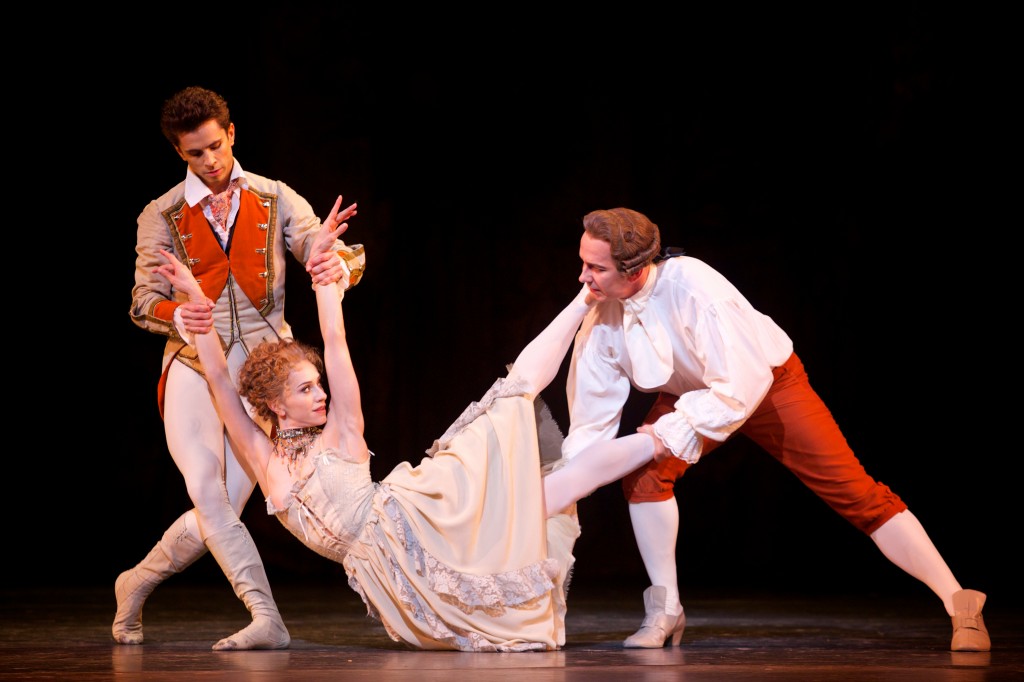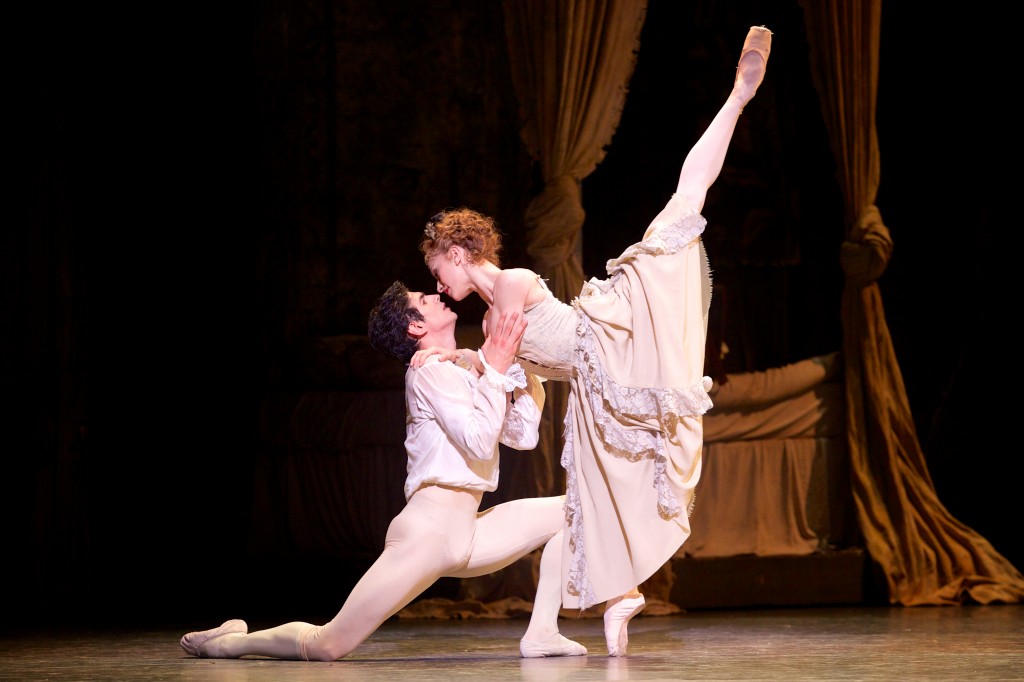
A popular meme in the dance community online depicts the diagram of an iceberg—the 20% above the water labeled “The Show,” the 80% below marked “The Rehearsal.” Humor aside, the rehearsal process yields depths of learning and insight.
Liam Scarlett, Artist in Residence at The Royal Ballet, was at Atlanta Ballet last October setting his work Vespertine on the company. The piece, originally created on the Norwegian National Ballet in 2013, will appear on the program Gennadi’s Choice from March 17-19.
Scarlett is articulate, thoughtful, and detailed in his discussion of dance and choreography, smoothly navigating the always stormy waters of translating the language of movement into the language of words.
Here are some ideas gleaned from his rehearsal that can be applied to any dance rehearsal…
Create Safety to Experiment
Scarlett says that a rehearsal should be a place to make mistakes, not be afraid of looking silly, and that when laughter arises in the process, the artists are “laughing with each other, not at one another.”
Filter Movement Through Emotion
Though Scarlett’s Vespertine is abstract, it’s all about feelings, specifically those reflecting the definition of “vespertine”– an “active, flowering, or flourishing in the evening.” (Merriam-Webster Dictionary)
Scarlett believes that, in dance, a glance can be more powerful than a virtuosic display like 32 fouettés.
That said, he doesn’t get unrealistically carried away with this idea. After giving a correction that emphasized the importance of a particular glance between two dancers, he added–with good humor–“Don’t get so lost in each others’ eyes that you get behind the music.”
Remember That Choreography Lives Through Performers
As a choreographer, Scarlett admits that he is sad when the creation process is over. Yet, he points out that finishing a dance work is “not like finishing a painting.” Choreography goes on living. Performers bring it to life again and again. He says, “It’s different every night, different for every interpreter.”
Beyond Rehearsal…
Scarlett sees dance as a magnification of the universal language of body language; the age-old reflex of expressing feelings in movement.
As he told The New York Times in March, “The body has automatic reactions […] We cry, laugh, our heart quickens, we hold our breath. Everyone speaks with their hands. Dance is just an amplified version of this.”
“Gennadi’s Choice” will be presented from March 17-19, 2017 at the Cobb Energy Performing Arts Centre. The program will feature Scarlett’s “Vespertine,” selections from “Paquita,” and a world premiere by Gemma Bond. $25. Purchase here.
















![14FEMK233_14_15_ROH_Manon_900x900[1]](https://4dancers.org/wp-content/uploads/2014/10/14FEMK233_14_15_ROH_Manon_900x9001.jpg)



